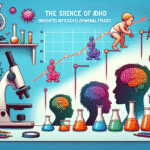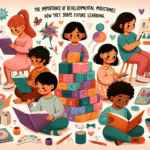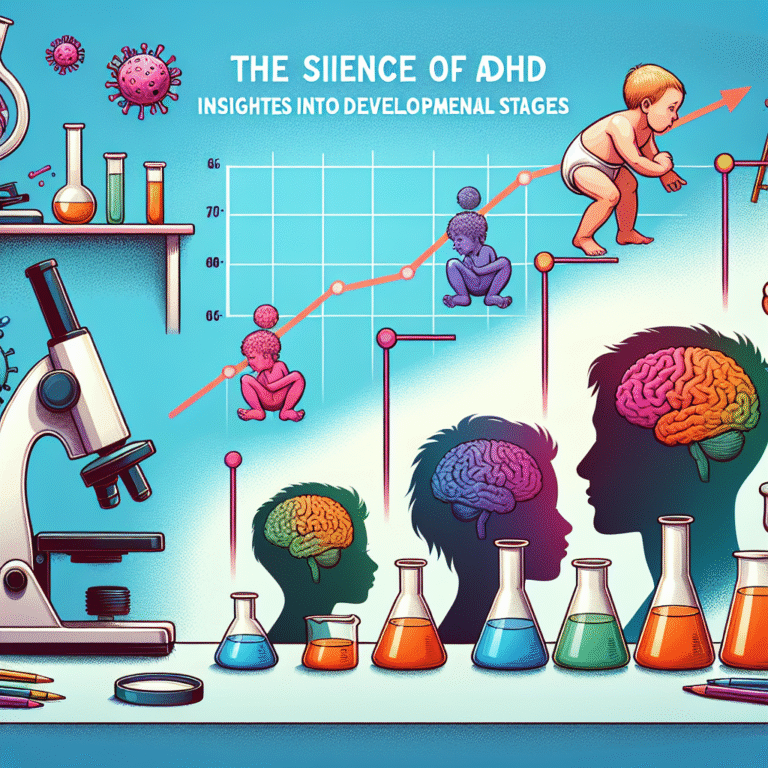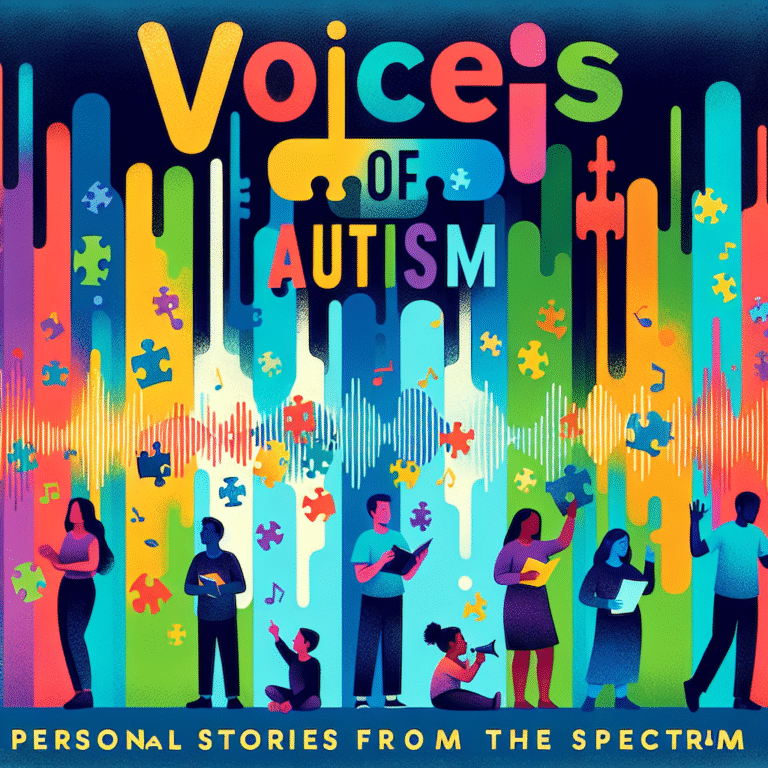
Introduction
In the intricate dance of human connections, love stands as one of the most profound experiences we encounter. However, the journey toward nourishing, healthy relationships is often marred by our early attachment styles. Understanding these styles is crucial for navigating love effectively. Navigating Love: Insecure Attachment and Its Role in Romantic Relationships is not just an academic concept; it’s a lens through which we can understand our relational dynamics, foster healthier interactions, and cultivate deeper bonds.
Whether you’ve felt anxious in relationships or consistently chosen partners who weren’t right for you, unpacking the complexities of insecure attachment can be transformative. Join us on this enlightening journey, and discover how understanding these patterns can lead to love that is not just surviving but thriving.
Understanding Attachment Theory
What is Attachment Theory?
Attachment theory, developed by John Bowlby in the mid-20th century, posits that our early relationships, particularly with caregivers, shape the way we relate to others throughout our lives. The framework identifies four primary attachment styles:
- Secure Attachment: Characterized by comfort with intimacy and independence, leading to healthy, stable relationships.
- Anxious Attachment: Marked by a preoccupation with relationships, often leading to clinginess and fear of abandonment.
- Avoidant Attachment: Involves discomfort with closeness and a tendency to prioritize independence, potentially resulting in emotional distance.
- Disorganized Attachment: A combination of anxious and avoidant behaviors, often rooted in trauma or loss.
Case Study: Sarah and Mark—The Anxious-Avoidant Trap
Sarah, with an anxious attachment style, often finds herself constantly seeking reassurance from her partner, Mark, who exhibits avoidant tendencies. This dynamic creates a cycle where Sarah’s need for closeness triggers Mark’s instinct to distance himself, validating his fear of intimacy. The more Sarah seeks connection, the more withdrawn Mark becomes.
Analysis: This case exemplifies the challenges faced in navigating love when both partners possess insecure attachment styles. Understanding these patterns can illuminate behavioral triggers and help couples adopt healthier interaction strategies.
The Impact of Insecure Attachment on Romantic Relationships
1. Communication Breakdown
Insecure attachment styles often lead to misunderstandings and miscommunication. For instance, partners with anxious attachments may interpret silence as rejection, while avoidant partners might view excessive questioning as clinginess.
2. Trust Issues
Trust becomes a significant hurdle. Anxiously attached individuals may misinterpret their partner’s actions, leading to feelings of betrayal. Conversely, avoidant partners may struggle to open up, creating an emotional barrier that hinders trust development.
Case Study: Emily and Jake—Building Trust
Emily often feels abandoned when Jake withdraws after an emotional talk. Instead of addressing her feelings, she begins to doubt his commitment to their relationship. With counseling, they learn to express their thoughts openly, gradually rebuilding trust.
Analysis: This scenario highlights the importance of effective communication in overcoming trust issues rooted in insecure attachment styles.
Strategies for Navigating Insecure Attachment in Relationships
1. Self-awareness
Understanding one’s attachment style is the first step toward fostering healthier relationships. Engage in reflective practices like journaling or therapy to become aware of your patterns.
2. Open Communication
Foster a safe environment for dialogue. Use "I" statements to express feelings without blame. For example, instead of saying, "You never want to talk," try, "I feel anxious when we don’t discuss our feelings."
3. Set Healthy Boundaries
Establishing and respecting boundaries is crucial for individuals with insecure attachment. Avoiding enmeshment or isolation can facilitate a healthier interdependence.
4. Seek Professional Help
Therapy, particularly attachment-focused therapy, can provide valuable tools for navigating your attachment style and its impact on your relationships.
The Role of Empathy in Healing
Cultivating Empathy
Empathy can bridge gaps created by insecure attachment styles. By striving to understand your partner’s fears and motivations, you can develop compassion and patience, essential for healing.
Case Study: Tom and Lisa—Empathy in Action
Tom, who exhibits avoidant behaviors, learns to empathize with Lisa’s anxious tendencies. By validating her feelings instead of retreating, he breaks the cycle of withdrawal, leading to a more emotionally connected relationship.
Analysis: This case underscores the power of empathy in transforming relationships affected by insecure attachment styles, reinforcing the idea that understanding emotions can facilitate deeper connections.
Tables: Key Differences Between Attachment Styles
| Attachment Style | Characteristics | Relationship Behaviors |
|---|---|---|
| Secure | Comfortable with closeness | Open communication, trust |
| Anxious | Needs reassurance | Clingy, overanalyzes |
| Avoidant | Values independence | Emotionally distant, avoids confrontation |
| Disorganized | Fearful of intimacy | Unpredictable, often confused |
Conclusion
Navigating love is a journey filled with challenges and triumphs, particularly when insecurities from our past seep into our romantic relationships. Navigating Love: Insecure Attachment and Its Role in Romantic Relationships is a critical aspect of achieving emotional health and stability with loved ones. By understanding our attachment styles, embracing communication, empathy, and setting healthy boundaries, we can rewrite our relational narratives.
The possibility of a fulfilling and secure relationship exists, waiting for us to claim it. Let this article inspire you to take actionable steps toward cultivating a love that nurtures, supports, and grows—one that stands resilient against the tests of time.
FAQs
1. What is the difference between secure and insecure attachment?
Secure attachment involves comfort with closeness and trust in relationships, while insecure attachment reflects anxiety about relationships (anxious) or discomfort with intimacy (avoidant).
2. Can insecure attachment styles change over time?
Yes, with self-awareness, communication, and often the help of therapy, individuals can develop more secure attachment patterns and improve their relationships.
3. How do I know my attachment style?
Reflect on your relationship behaviors, emotional reactions, and relationship history. Consider seeking assessments or professional guidance for clarity.
4. How can I support a partner with an insecure attachment style?
Practice empathy, validate their feelings, communicate openly, and create a safe environment for growth and healing.
5. What are the long-term effects of insecure attachment?
Insecure attachment can lead to relationship difficulties, trust issues, and emotional challenges if left unaddressed. However, with effort, healing is achievable.
By understanding and applying these principles, we not only enhance our own relationships but also contribute positively to the relational landscape of those around us. Love is a skill to be nurtured, and every step taken toward understanding companionship brings us closer to emotional fulfillment.














